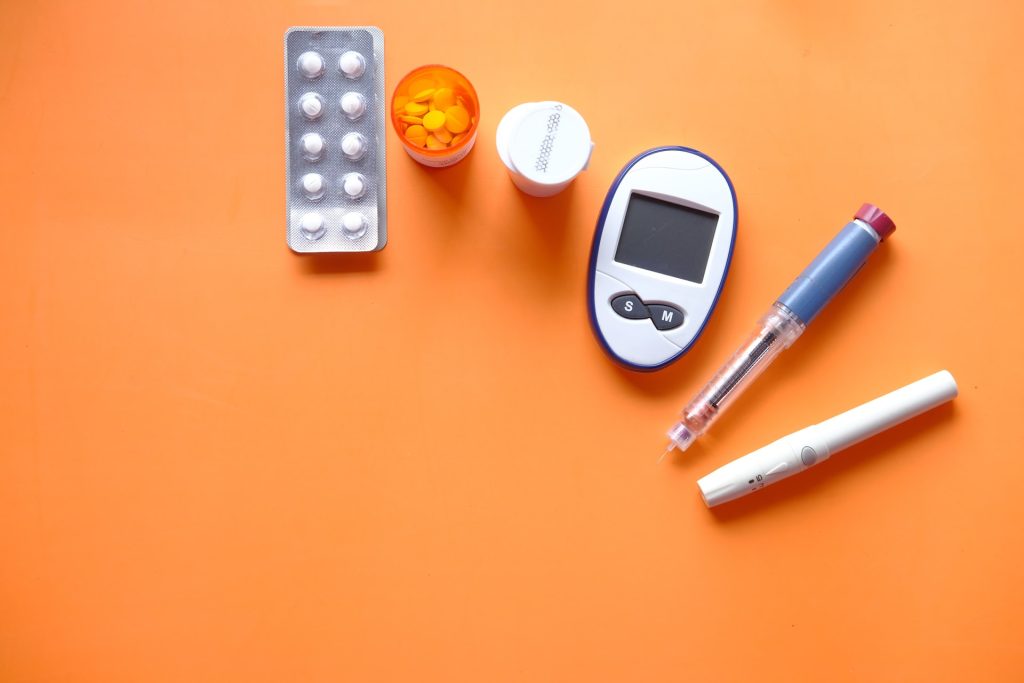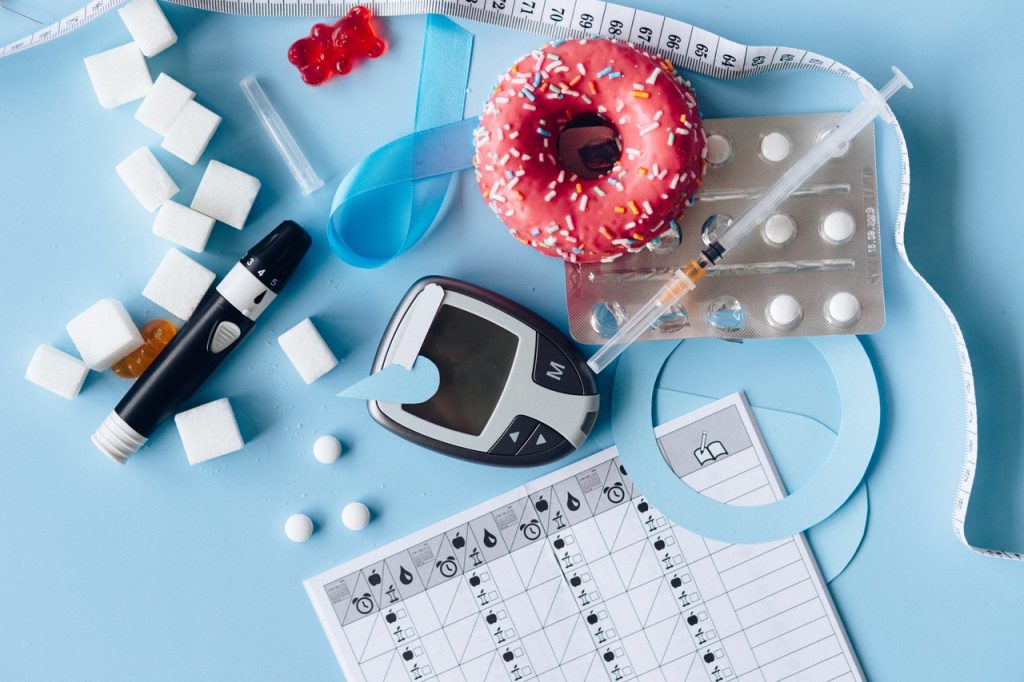Dulaglutide Achieves Glycaemic Control in Diabetic Youths

A trial testing dulaglutide in children and adolescents with diabetes found that it was effective in achieving glycaemic control. The findings, reported in the New England Journal of Medicine, suggest that dulaglutide may be a more convenient pharmacological treatment for youths.
The incidence of type 2 diabetes mellitus is increasing among youths, and metformin has shown high treatment failure against a backdrop of greater insulin resistance and deterioration in β-cell function than in adults. Daily liraglutide and weekly exenatide, glucagon-like peptide-1 receptor agonists, are available, but have complicated administration and exenatide is available only at a single dose level, making it harder to escalate glycaemic control. The researchers sought to determine whether once-weekly treatment with dulaglutide was effective with regard to glycaemic control in youths with type 2 diabetes.
In a double-blind, placebo-controlled, 26-week trial, 154 participants (aged 10–17; body-mass index [BMI], >85th percentile) being treated with lifestyle modifications alone or with metformin, with or without basal insulin, were randomised in a 1:1:1 ratio to receive once-weekly subcutaneous injections of placebo, dulaglutide at a dose of 0.75mg, or dulaglutide at a dose of 1.5 mg. Participants were then included in a 26-week open-label extension study in which those who had received placebo began receiving dulaglutide at a weekly dose of 0.75mg.
At 26 weeks, the mean glycated haemoglobin level had increased in the placebo group (0.6%) and had decreased in the dulaglutide groups compared to placebo (–0.6% in the 0.75mg group and −0.9% in the 1.5mg group). At 26 weeks, a significantly higher percentage of participants in the pooled dulaglutide groups than in the placebo group had a glycated haemoglobin level of less than 7.0% (51% vs 14%), which was a secondary endpoint. The fasting glucose concentration increased in the placebo group (17.1mg/dL) and decreased in the pooled dulaglutide groups (−18.9mg/dL), and BMI did not change between groups. More gastrointestinal adverse events were reported in dulaglutide therapy than with placebo, and dulaglutide’s safety profile was consistent with that reported in adults.
Overall, the researchers concluded that dulaglutide at a once-weekly dose of 0.75mg or 1.5mg was superior to placebo in improving glycaemic control through 26 weeks among youths with type 2 diabetes (with or without metformin or basal insulin), without an effect on BMI.


